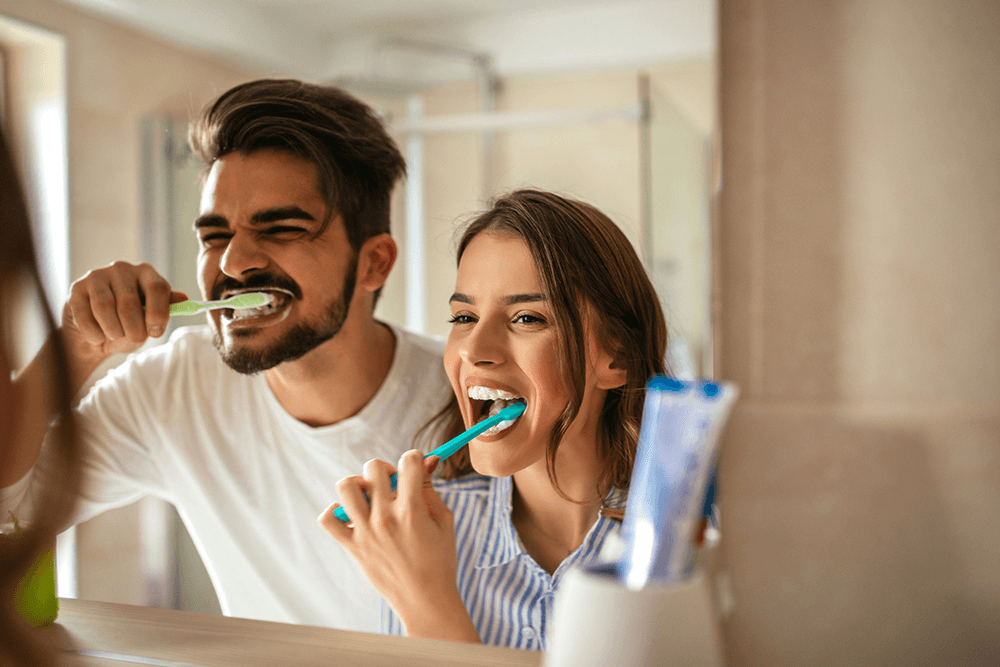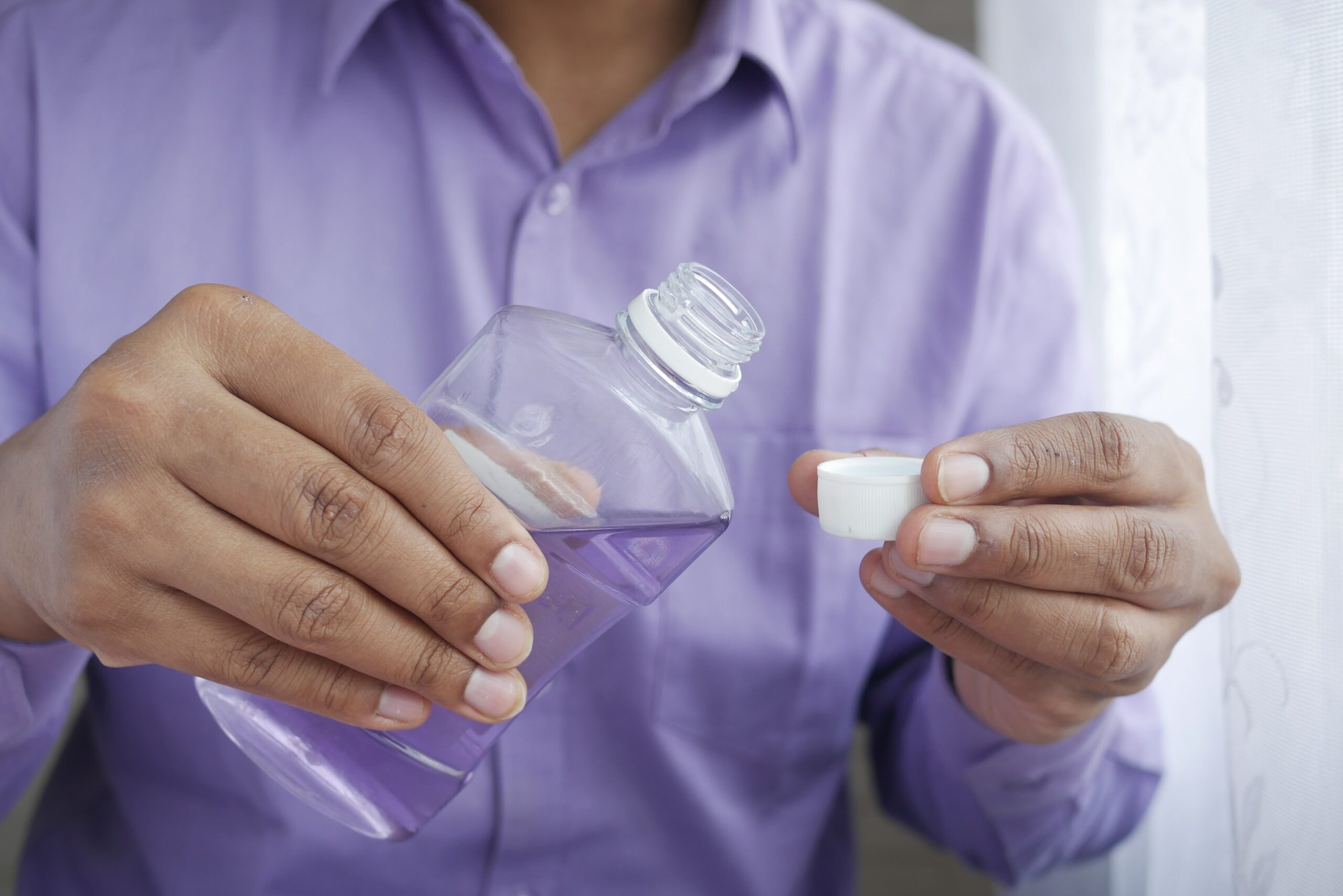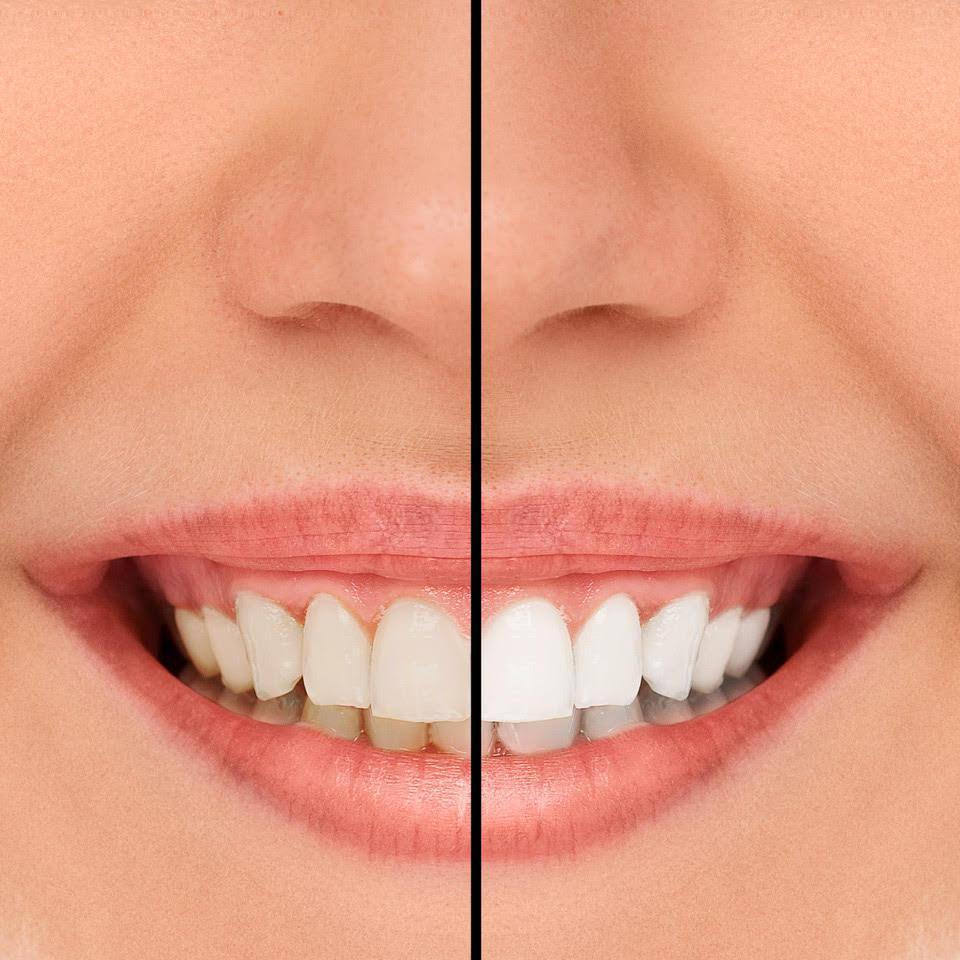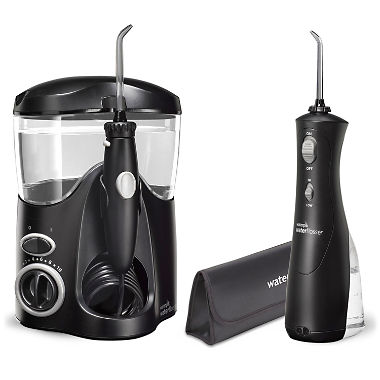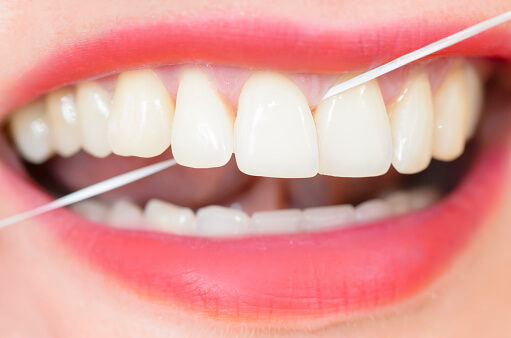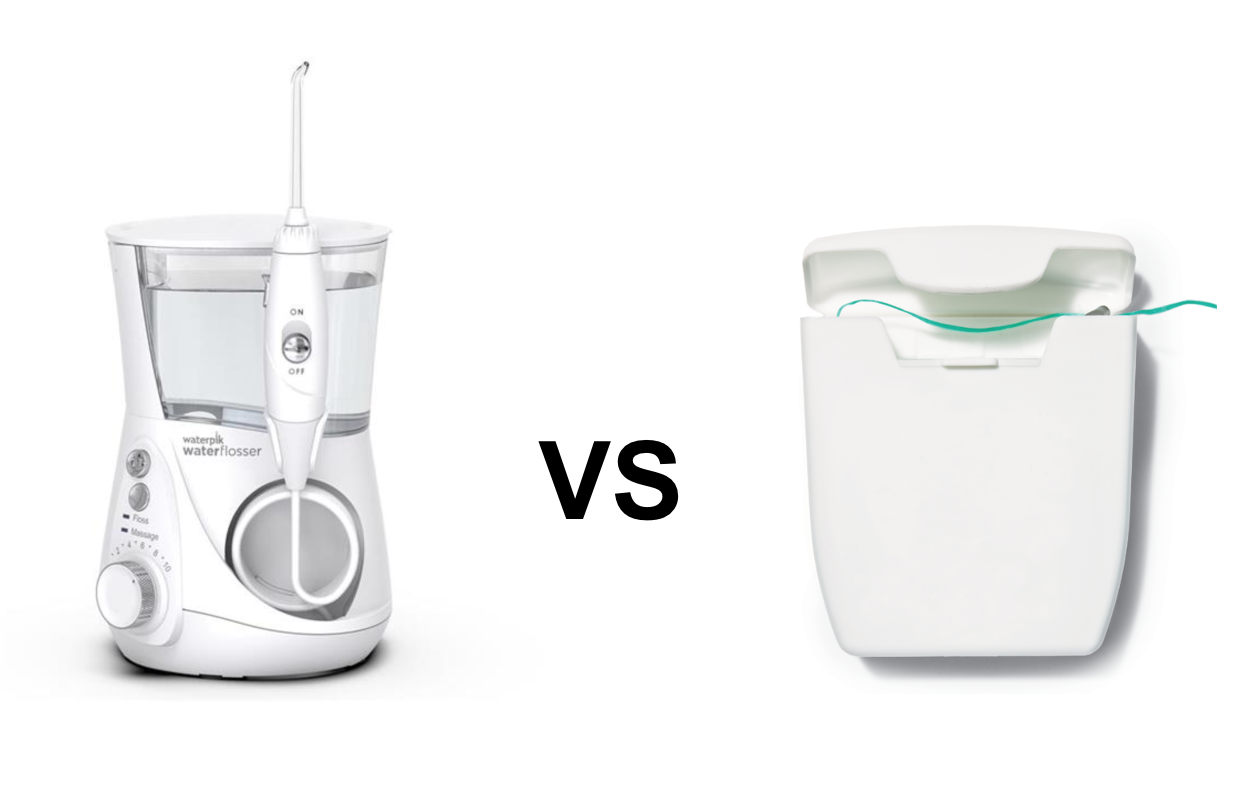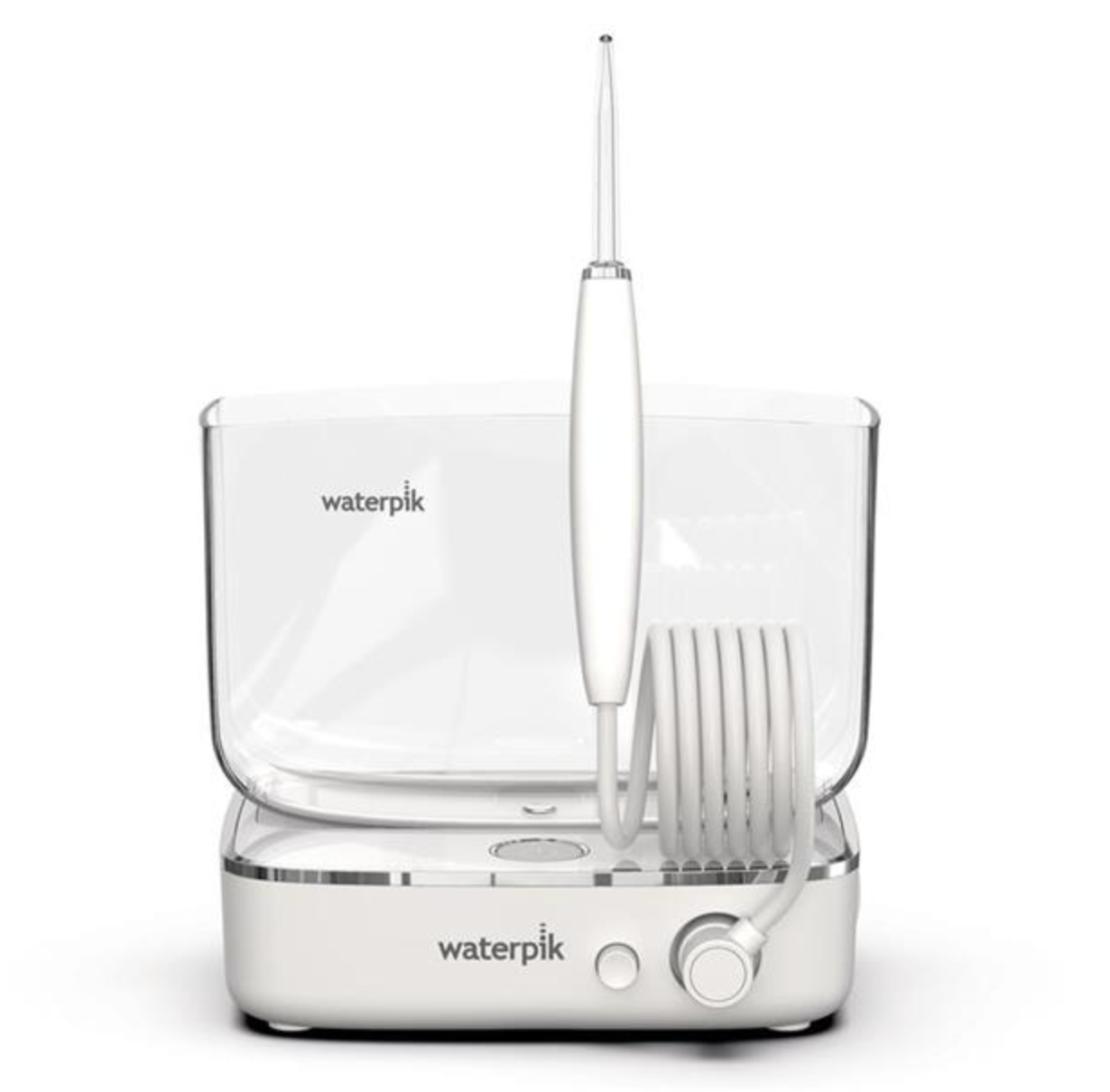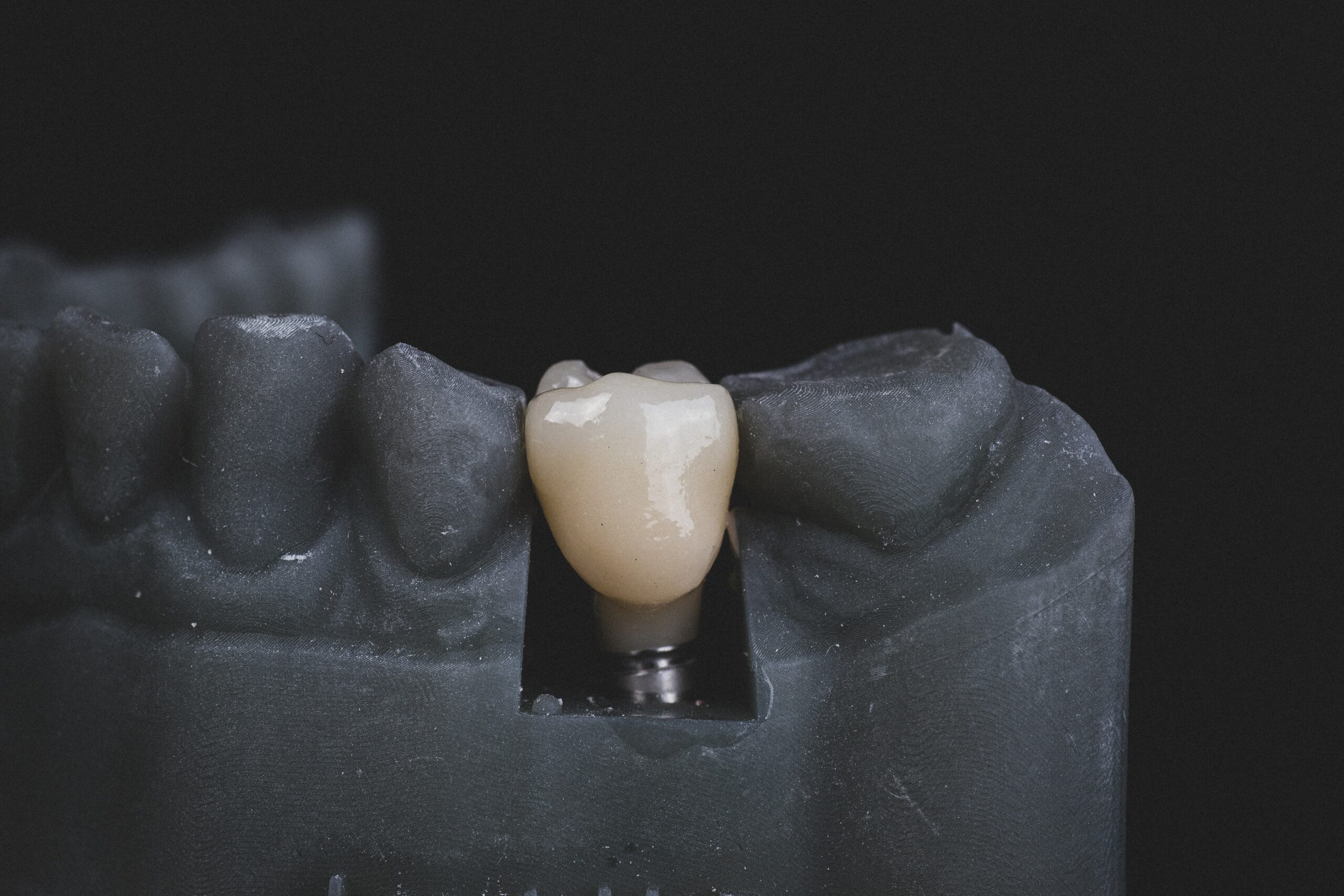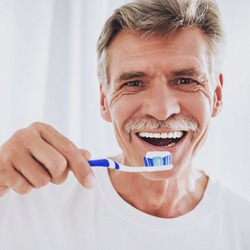Good oral health is essential to maintaining overall health and well-being. Brushing teeth regularly is a vital part of oral hygiene, and a toothbrush is a critical tool in this process. The debate between electric and manual toothbrushes has been going on for years, with proponents on both sides touting the benefits of their preferred type of brush.
In this article, we will look at the pros and cons of using an electric vs. manual toothbrush so that you can make an informed choice about which type is best for your oral hygiene routine.
Benefits of Manual Toothbrush
Manual toothbrushes have been around for a long time and are the most common type of toothbrush. They are cost-effective and widely accessible, making them a popular choice for many people. With proper technique, manual toothbrushes can effectively remove plaque and debris from teeth, promoting good oral health. Additionally, some people with sensitive teeth or gums may prefer manual toothbrushes as they can be gentler on the mouth.
Benefits of Electric Toothbrush
Electric toothbrushes have become increasingly popular in recent years. They are designed to remove more plaque and debris than manual toothbrushes and often come equipped with a timer function to ensure the recommended two-minute brushing time. Electric toothbrushes are also an excellent option for people with braces or other dental work and may be easier to use for those with limited mobility.
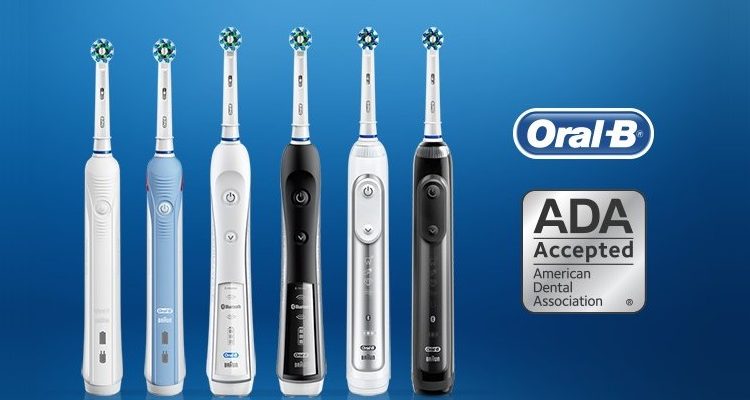
Drawbacks of Manual Toothbrush
Manual toothbrushes require a proper technique for effective cleaning, which can be challenging to master for some people. They may not remove as much plaque as electric toothbrushes, and there is no timer function to ensure that brushing time is adequate. Additionally, manual toothbrushes can be difficult to use for people with limited mobility.
Drawbacks of Electric Toothbrush
Electric toothbrushes can be more expensive than manual toothbrushes and may require access to an electrical outlet or battery replacement. Some people with sensitive teeth or gums may find electric toothbrushes uncomfortable, and they can be bulky and not easily portable.
Which is Better: Electric or Manual Toothbrush?
The answer to this question depends on individual preferences and needs. Factors to consider when choosing a toothbrush include oral health needs, budget, convenience, and personal preference. Ultimately, both electric and manual toothbrushes can be effective when used correctly, and the most important thing is to brush teeth regularly and practice proper technique.
Conclusion
In conclusion, choosing between an electric and manual toothbrush depends on individual needs and preferences. While electric toothbrushes may be more effective at removing plaque and debris, manual toothbrushes can be just as effective when used correctly. Ultimately, the most important thing is to brush your teeth regularly and practice proper techniques to maintain good oral health.
